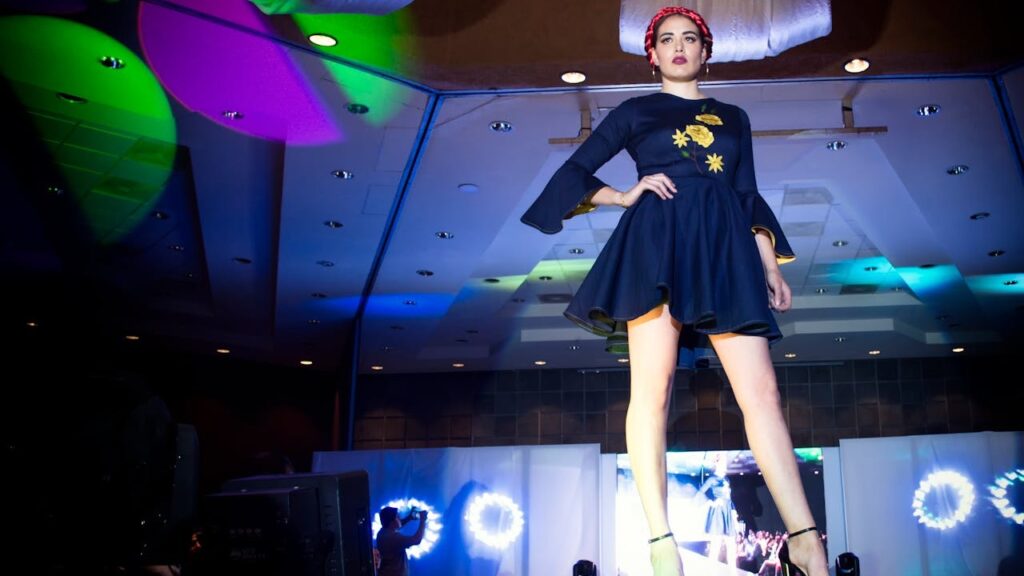Coordinating a fashion show is a multifaceted endeavor that requires meticulous planning, creative vision, and seamless execution. Whether you’re organizing a high-profile runway event or an intimate showcase, the following 15 comprehensive tips will guide you through the process to ensure a successful and memorable fashion show.
1. Define The Purpose and Theme
Begin by establishing the core objective of your fashion show. Are you launching a new collection, raising funds for a cause, or promoting emerging designers? Once the purpose is clear, develop a cohesive theme that aligns with your brand’s identity and resonates with your target audience. A well-defined theme will influence all aspects of the show, from venue selection to music and lighting.
2. Assemble A Competent Team
A successful fashion show relies on a dedicated team of professionals. Key roles include:
- Event Manager: Oversees the entire event planning and execution.
- Creative Director: Shapes the artistic vision and ensures thematic consistency.
- Casting Director: Selects models that fit the show’s aesthetic.
- Technical Crew: Handles lighting, sound, and stage setup.
- Backstage Coordinator: Manages model lineup and wardrobe changes.
Collaborative teamwork ensures that each aspect of the show is handled with expertise and precision.
3. Develop A Detailed Budget
Creating a comprehensive budget is crucial to manage expenses effectively. Consider costs for venue rental, lighting and sound equipment, model fees, wardrobe, marketing, and catering. Incorporate a contingency fund for unforeseen expenses. Engaging sponsors can also offset costs and add credibility to your event.
4. Select An Appropriate Venue
Choose a venue that complements your theme and accommodates your expected audience size. Consider factors such as location accessibility, technical capabilities, and ambiance. Venues with built-in lighting and sound systems can reduce setup time and costs.
5. Curate The Designer Lineup
If showcasing multiple designers, ensure their collections align with the show’s theme. Coordinate with each designer to understand their vision and requirements. This collaboration ensures a harmonious flow and prevents stylistic clashes during the show.
6. Plan The Runway Design
The runway is the centerpiece of your fashion show. Design it to enhance visibility and complement the overall aesthetic. Consider different layouts, such as straight, U-shaped, or circular runways, based on the venue and desired audience interaction.
7. Coordinate Lighting And Sound
Effective lighting and sound elevate the show’s atmosphere. Work with professionals to design lighting that highlights the garments and sets the mood. Select music that aligns with the theme and maintains energy levels throughout the show.
8. Organize Model Casting And Fittings
Conduct auditions to select models who embody the show’s aesthetic and can confidently present the designs. Schedule fittings to ensure garments fit perfectly and allow time for necessary alterations. Diversity in model selection can also enhance the show’s appeal and inclusivity.
9. Arrange Hair And Makeup Teams
Collaborate with skilled hair and makeup artists to create looks that complement each designer’s collection and the overall theme. Conduct trials to finalize styles and ensure timely execution on the event day.
10. Schedule Rehearsals
Rehearsals are vital to ensure a smooth performance. Conduct full run-throughs with models, technical crews, and coordinators to fine-tune timing, transitions, and choreography. Addressing issues during rehearsals prevents mishaps during the live show.
11. Implement Backstage Management
Efficient backstage operations are critical. Organize dressing areas, manage quick changes, and maintain clear communication among staff. Assign responsibilities to ensure models are ready and transitions occur seamlessly.
12. Engage Professional Caterers
Providing refreshments enhances the guest experience. Hiring professional caterers ensures quality service and allows you to focus on the show’s execution. For events in the capital, consider reputable Caterers In Delhi who can offer customized menus to suit your audience’s preferences.
13. Promote The Event Effectively
Utilize various marketing channels to generate buzz. Leverage social media platforms, send press releases, and collaborate with influencers to reach a broader audience. Engaging visuals and behind-the-scenes content can also attract attention and build anticipation.
14. Prepare For Contingencies
Anticipate potential challenges and have contingency plans in place. This includes backup models, alternative music tracks, and emergency kits for wardrobe malfunctions. Being prepared ensures the show can proceed smoothly despite unforeseen issues.
15. Conduct Post-Show Activities
After the show, gather feedback from attendees, participants, and team members to assess the event’s success and areas for improvement. Share highlights and professional photos on social media to maintain engagement. Sending thank-you notes to sponsors, designers, and staff fosters positive relationships for future collaborations.
By meticulously planning each aspect and fostering collaboration among your team, you can orchestrate a fashion show that leaves a lasting impression on your audience and sets a high standard in the industry.

More Stories